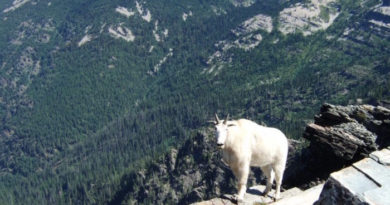Giant asteroids over Earth pose 'catastrophic threat that could end civilisation' – The Mirror
Scientists have to keep a close eye on them in case they veer off course, with several close encounters leading to fears humanity is not well-prepared if a large boulder begins hurtling straight for Earth
Giant asteroids that shoot past Earth every year could pose a "catastrophe-level threat" that could "end civilisation".
Scientists have to keep a close eye on them in case they veer off course, with several close encounters leading to fears humanity is not well-prepared if a large boulder begins hurtling straight for Earth. According to Live Science, last year saw 122 close asteroid approaches.
And this year, more than 50 close calls have occurred. The asteroids vary in size and speed, but even a small one could be devastating for our planet. To measure the rocks and how bad any impact would be, scientists use the Torino Impact Hazard Scale.
It ranges from zero to 10, with zero meaning there is no hazard. A level one rating is considered normal with no real threat of danger, and two to four is in the yellow zone meaning the asteroid warrants experts keeping a close eye.
Torino five to seven is where things get serious. It's classed as the red zone, meaning it warrants critical attention and could even spark an international contingency plan. But it's Torino eight to 10 that things get the most alarming.
If one an eight were to hit Earth, it could cause a tsunami, and a 10 could cause a global climate catastrophe, threatening the future of life on Earth as we know it. However, while this can all sound incredibly scary, such an impact is only expected to happen once every 100,000 years.
But experts are worried the Earth is not equipped to protect itself from the potentially deadly space rocks. SpaceX CEO Elon Musk previously sparked concern by tweeting: "A big rock will hit Earth eventually & we currently have no defense." Nasa is looking into some defence methods though.
That's why it launched its Double Asteroid Redirection Test mission last year and proved it could alert the orbital path of an asteroid called Dimorphos. It's hoped this kind of technology could protect us from an asteroid threat if we face one.
Sign up to FREE email alerts with news to brighten your day



 This year in odd news: The weirdest headlines from the Houston area in 2022 – KPRC Click2Houston
This year in odd news: The weirdest headlines from the Houston area in 2022 – KPRC Click2Houston 
